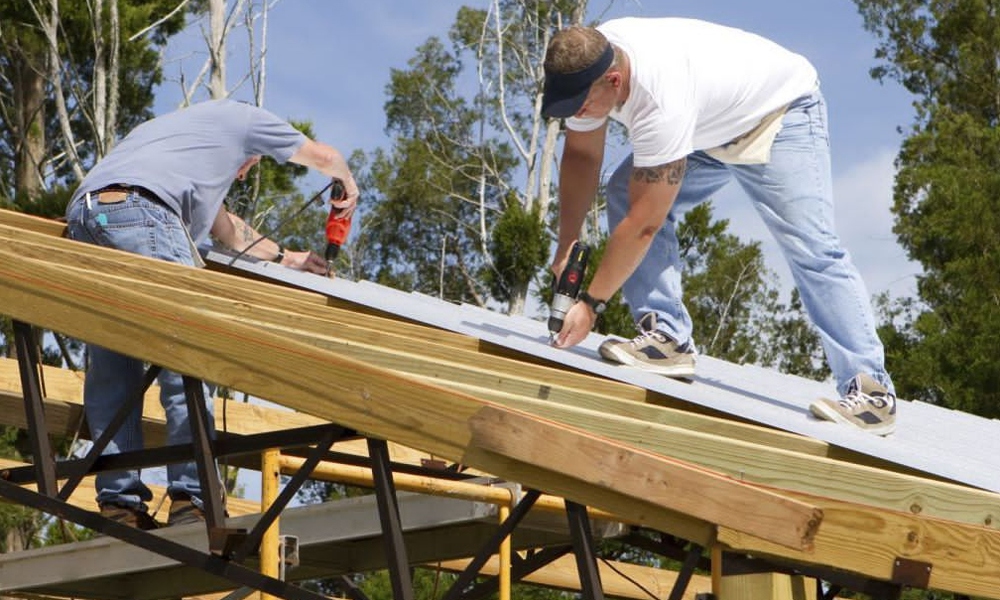It is common knowledge that a little bit of professional work on your roof can go a long way towards improving the look and value of your home. When people think of a Roof Restoration job in Melbourne, they might immediately jump to the most involved process. In fact, restorative work can be quite unobtrusive and just tackle the bad areas of your roof. Not all work needs to be a total reroofing job that takes months to complete.
Rebedding and repointing specifically tackles the ridge capping on both terracotta and concrete tiled roofs. Once all of the flat tiles have been neatly laid and securely fixed, an inverted ‘V’ shape tile is secured on top along the ridges. In some classic roof styles there is only one central ridge, whereas home designs such as Tudors or bungalows may have multiple. Ridge capping helps to give definition to your roof, and make the whole thing look neat and ordered. Unfortunately, over time they begin to deteriorate and need redoing.
The ridge capping is adhered to the roof with bedding and pointing. The bedding is a mortar made of a combination of sand and cement. While this helps to adhere to the roof, unfortunately it has two faults. Firstly, the bedding does not bind well to the capping over extended periods of time. Despite meticulous tile laying, over the years the bedding will naturally shrink and crack, causing the capping to lift. The second problem is that the colour of this sand/cement mixture doesn’t blend with the rest of the roof tiles, whether they are terracotta, natural cement or painted.
These two issues do not matter because this is where the pointing comes in. The pointing is a thin layer which is laid over the bedding. It binds the bedding to the ridge capping, and has the added advantage of better blending the two colours. As to what the pointing is made from, there are actually two main types. The first is oxidised cement pointing. This was the standard on all older roofs and is still used a lot today in repointing. If applied by an inexperienced roofer, this material does risk cracking, just as the bedding did. Some newer roofs now make use of flexile pointing, which does not crack but instead bends as the bedding expands and contracts.
When a roofer comes to your home to complete a minor restoration such as this, they will also remove and replace any broken or damaged tiles. You can include a general clean and lichen removal service using antifungal treatments if you would like to spruce up the surface of the entire roof. Ask your roofing team about the different services available and what your roof really needs. They should be able to conduct a site inspection to determine the level of damage before giving you an accurate quote. Please do not hesitate to get in touch with the Professional Roof Restoration Team in Melbourne at TLG Roofing.

